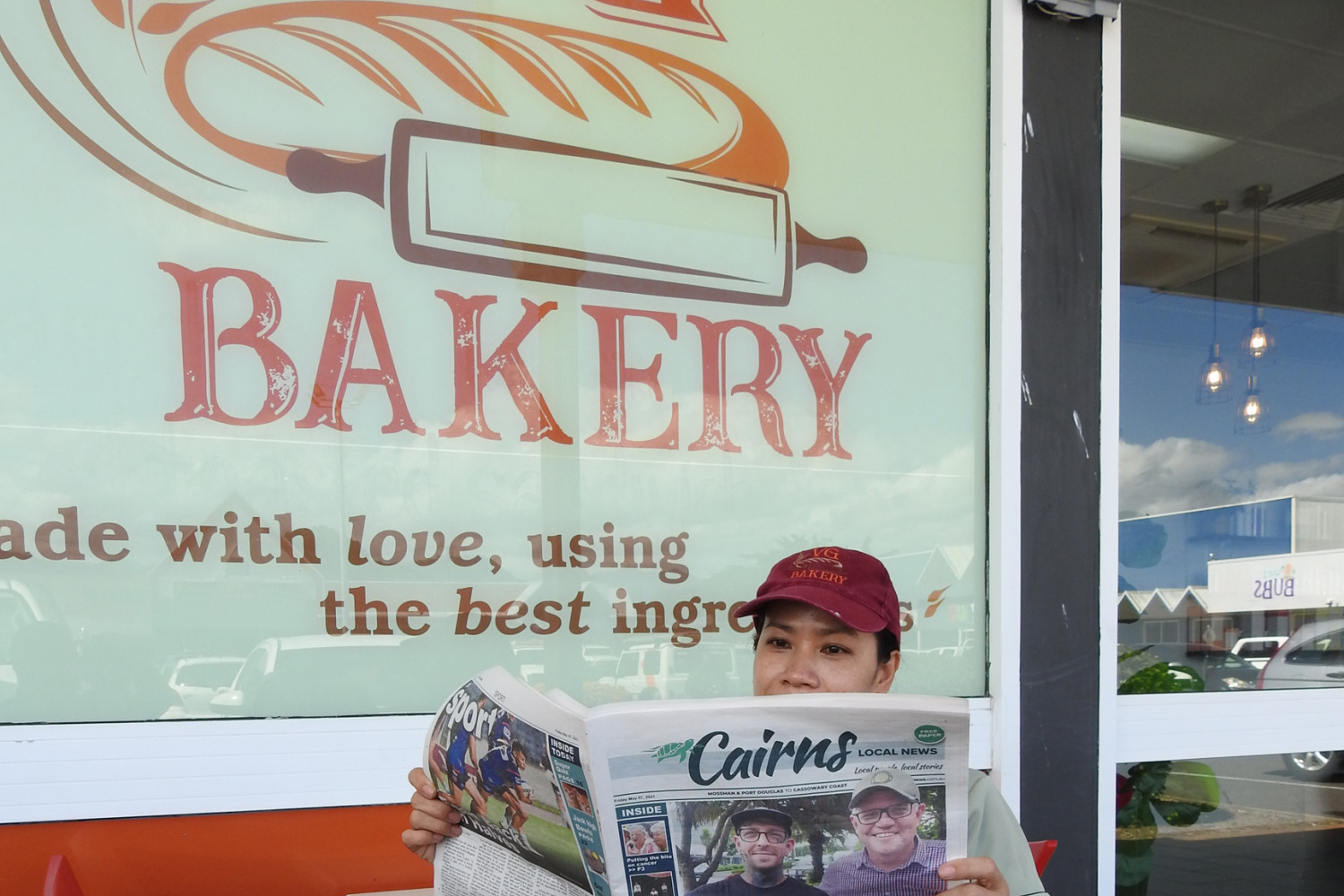General News
7 May, 2021
Australia's biggest news survey shows readers passion for local newspapers
The future of local newspapers will be a key issue for regional, rural and suburban voters at the next federal election, a newly released national study has found.

The biggest national survey of local news audiences in Australia, conducted as part of the Media Innovation and Civic Future of Australia’s Country Press project, reveals the passion people have for their local newspaper and has found they want a much bigger say about its future.
The Australian Research Council-funded project involves researchers from Deakin and RMIT universities with support from Country Press Australia, the peak media body for independent news organisations.
The survey findings come as country newspapers have struggled to survive during the pandemic.
The survey asked almost 4200 Australian country press newspaper readers in rural, regional and outer suburban areas about the role of local newspapers within their communities and their ideas for innovation within the sector.
Key findings include:
1/ There is continued strong demand (and passion) for the printed product in rural and regional Australia.
In fact, the majority of audiences prefer a printed newspaper, with younger generations also part of this trend.
Country Press readers overall are 2.6 times as likely to read their local paper in print than in digital format.
2/ Audiences overwhelmingly view a printed copy of their newspaper as an essential service for their community.
This accords with our previous research that has advocated for recognition at the policy level of the vital importance of the printed paper.
3/ 94% of respondents say they should be invited to have a say about government policies and decisions affecting the future of local newspapers.
4/ 61% of respondents say policies that affect the future of local newspapers would influence the way they vote at the next federal election.
Other findings include:
• Audiences indicate they arefive times as likely to go directly to a local news website for their local news than Google or Facebook, and almost 10 times as likely to go to the local newspaper website over a local council website for their local news and information.
Surprisingly, just 5% of younger audiences say they mostly use social media to find out about local news.
• Audiences believe local newspapers should be collaboratively funded by a range of relevant stakeholders, including media companies, advertisers, subscribers, government and philanthropy to ensure their future.
• While some media lobbyists and academics in Australia and internationally have called for newspaper subscriptions to be made tax deductible, 71% of respondents are not in favourof such initiatives.
• Audiences overwhelmingly indicate any additional funding for local news should be directed to employing more local journalists to report news (71%), over increasing digital connectivity (13%) and digital innovation products (17%).
Project leader Associate Professor Kristy Hess, from Deakin’s School of Communication, said the voices and perspectives of everyday audiences were often missing in policy discussion about the future of local media and people had offered innovative ideas to support their future.
“It’s clear that the local newspaper really matters to Australian audiences; personally, I don’t think that was ever in doubt.
“But we can see from this survey just how passionate readers are about the sustainability of news that provides good quality local content and keeps them informed about people and happenings in their community,” Associate Professor Hess said.
Cairns Local News Editor, Peter McCullagh was not surprised by the result.
“Regional media has suffered in the past 10 years with less local content, and a greater emphasis upon networked or syndicated content,” he said.
“The focus has been more on state-wide or in some cases nationwide content, resulting in a loss of local voice and identity.”
“People still want to be connected. Connectivity happens with a local hardcopy newspaper.
“Newspapers build the connectivity in our communities. We want to know what’s happening and we also want to see local stories about local people.
The survey is part of a three-year project that aims to develop and road-test a new map to support local news media in the digital era.
Almost 30 per cent of Australia’s population, close to 8 million people, live outside major cities in rural and regional areas, and are less well serviced by the media than their urban counterparts.


